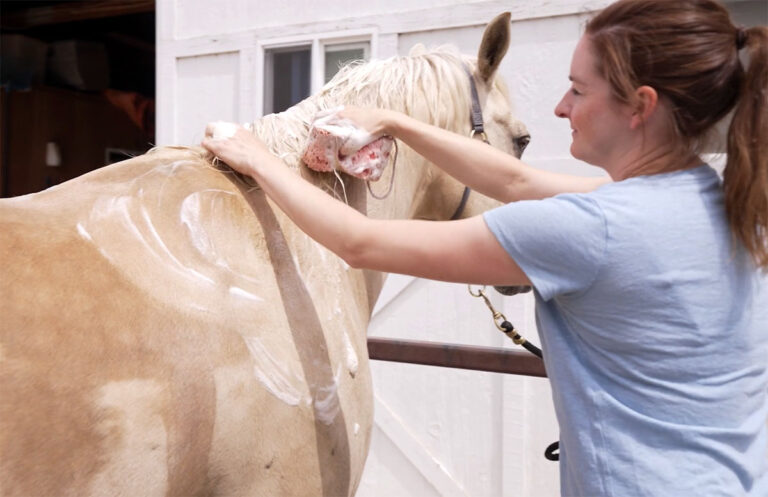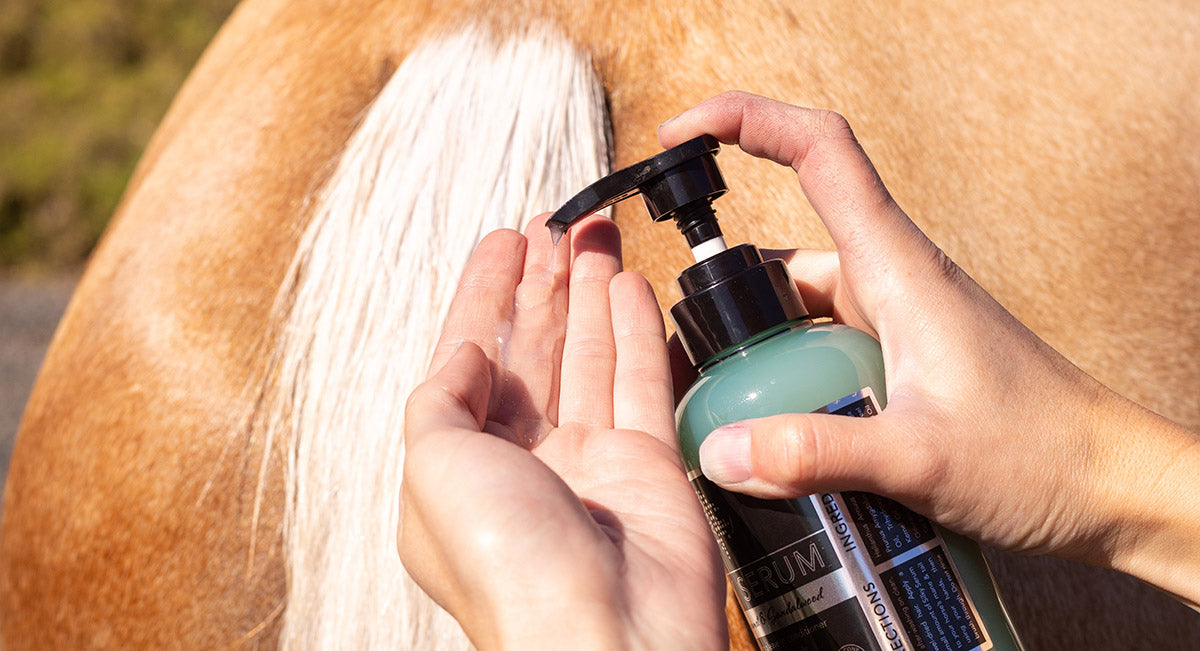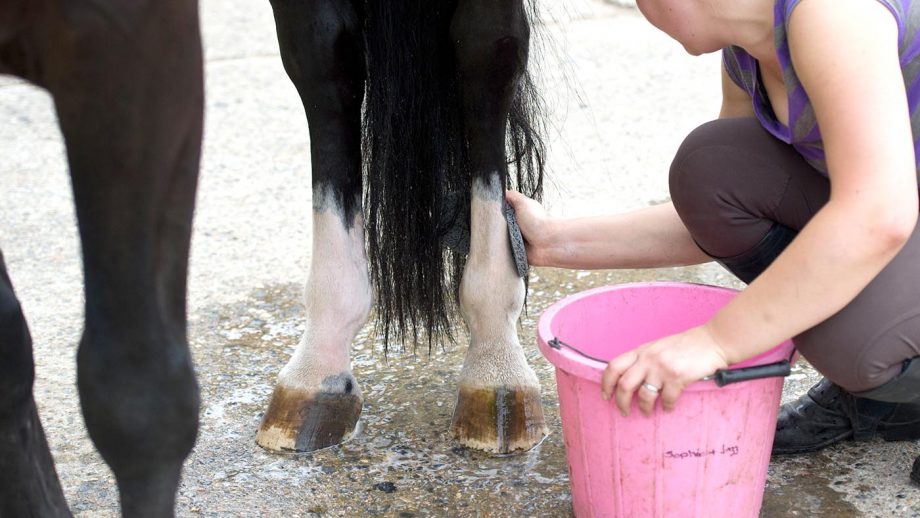When stepping into the world of horse riding, understanding equipment like horse bridles and headstalls is crucial. Many new riders often inquire, what is the difference between a horse bridle and a headstall? While the terms might seem interchangeable for the uninitiated, they actually refer to distinct components of equestrian gear that play unique roles.

Understanding the Components: Horse Bridle
A horse bridle is an essential part of riding equipment that enables the rider to communicate and control the horse. It includes several parts headstall, reins, and bit. When people refer to a horse bridle, they often mean the entire assembly.
The Role of the Headstall
The headstall is the portion that surrounds the horse’s head and anchors the bit in the mouth. Without a headstall, the bridle can’t function properly. It should fit snugly yet comfortably, ensuring efficient communication between the rider and horse.
Diving Deeper: The Headstall
Unlike a full bridle, a headstall refers specifically to the portion that holds the bit and can sometimes stand alone in harnessing situations or lunging.
Different Types of Headstalls
Headstalls come in various styles, including split ear, slip ear, and browband types, which cater to different comfort levels for the horse and style preferences for the rider.
The Functionality of a Bridle
The full bridle offers more comprehensive control, integrating the reins and bit. Depending upon the riding style, such as English or Western, the design might vary substantially.
English vs. Western Bridles
These two main styles differ greatly in their construction. English bridles are typically more refined and use a range of reins and nosebands, while Western bridles may have decorative elements and fewer components.
The Material Matters
Both bridles and headstalls can be crafted from various materials, primarily leather or synthetic. Each material offers different benefits, such as durability or low maintenance.
Choosing the Right Material
You must consider the setting and frequency of use. Leather offers traditional aesthetics, while synthetic options provide ease of care vital decisions in purchasing new equipment. Learn more here.
Ensuring Best Fit and Function
Correct sizing and fit are pivotal in ensuring effective communication and comfort for the horse. Poor-fitting bridles or headstalls can cause discomfort or behavioural issues.
Measuring for the Perfect Fit
Key areas to measure include the length of the headstall and the circumference of the browband. Adjustments should be frequent to accommodate slight changes in the horse’s body over time.
Maintaining Your Equipment
Keeping your bride and headstall in optimal condition requires regular inspection and upkeep. This ensures the longevity and safety of the equipment.
Regular Cleaning and Inspection
Periodic cleaning removes sweat and dirt buildup, factors that degrade leather or cause irritation. An in-depth look at maintenance can be found here.
Training with Your Gear
The synergy of proper gear with training enhances not just the riding experience, but also deepens understanding and connection with your horse. Groundwork exercises are a great way to strengthen bonds, explore techniques here.
Common Issues and Troubleshooting
Problems like slipping headstalls or broken reins can arise. Knowing how to rectify these issues assures smooth and safe riding experiences.
Handling Tack Breakdowns
Immediate solutions such as using baling twine can save a ride from being cut short. Consistent inspection prevents many of these issues from ever materializing.
Understanding the Role in Communication
The right equipment facilitates trusted interactions between the horse and rider, significantly aiding in effective communication and reduced misinterpretation.
Benefits of Investing in Quality
High-quality bridles and headstalls might seem expensive. However, they often prove justifiable through longevity and better performance.

Expert Recommendations and Reviews
Consulting experts or checking reviews before purchasing can guide you to the best options for your needs. This can save time and future expense.
FAQs
Q: Can You Use a Headstall Without a Bridle? A: Yes, headstalls can be used without a complete bridle, especially for groundwork or training scenarios.
Q: Are There Different Types for Specific Breeds? A: Slight variances exist for breeds with unique head shapes, like Arabians. Custom fittings assure comfort and performance.
Q: How Often Should Tack Be Replaced? A: Replacement frequency depends on usage and care quality, but regular evaluations can prevent safety compromises. For comprehensive tack care, this page is invaluable here.
By understanding the differences between a horse bridle and a headstall, riders can make informed decisions about the best equipment for their horses, ensuring enhanced safety and enjoyment of this beloved pastime. For more insights, explore various riding gear.







